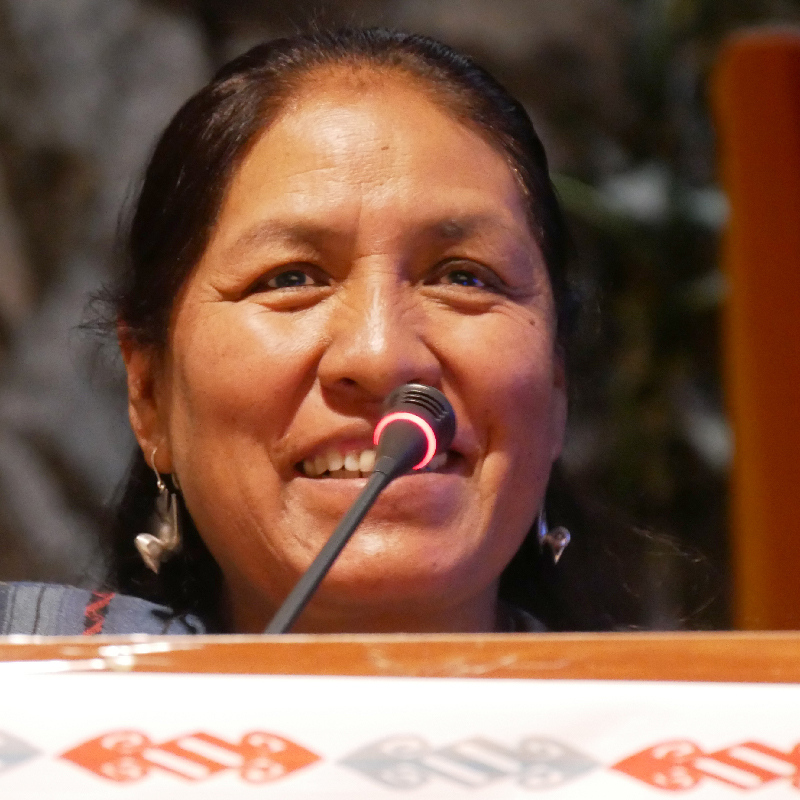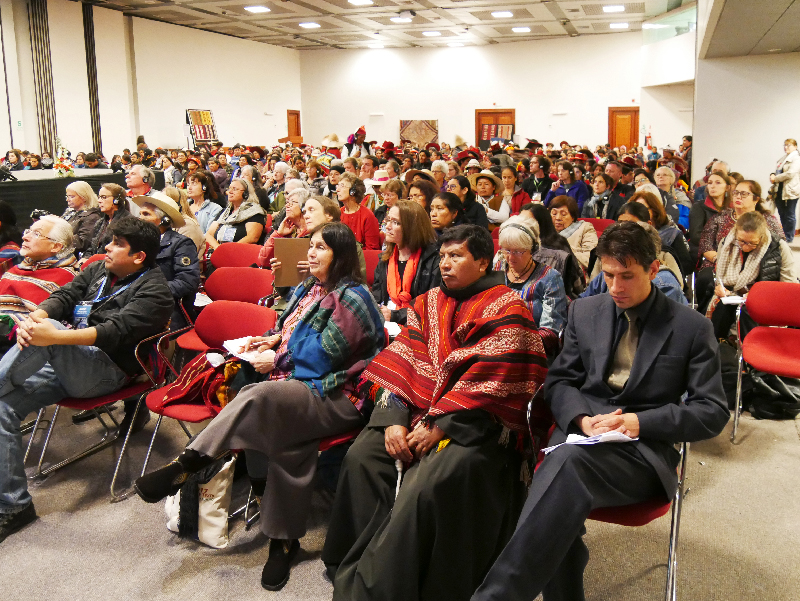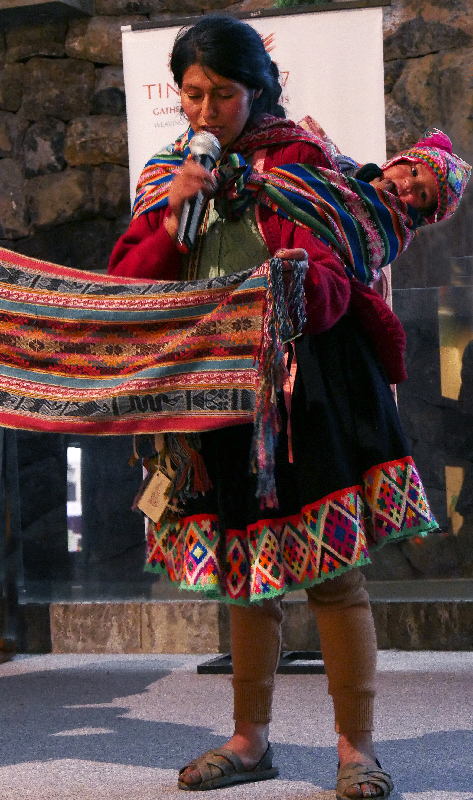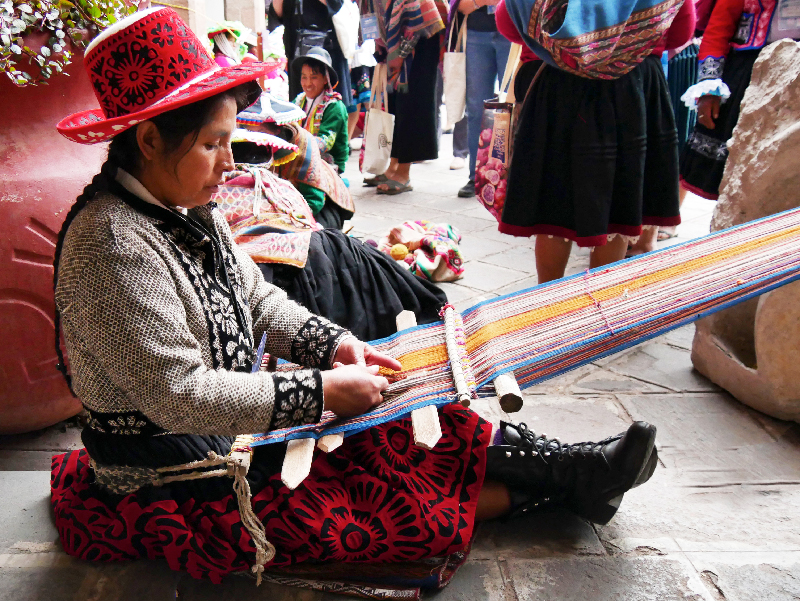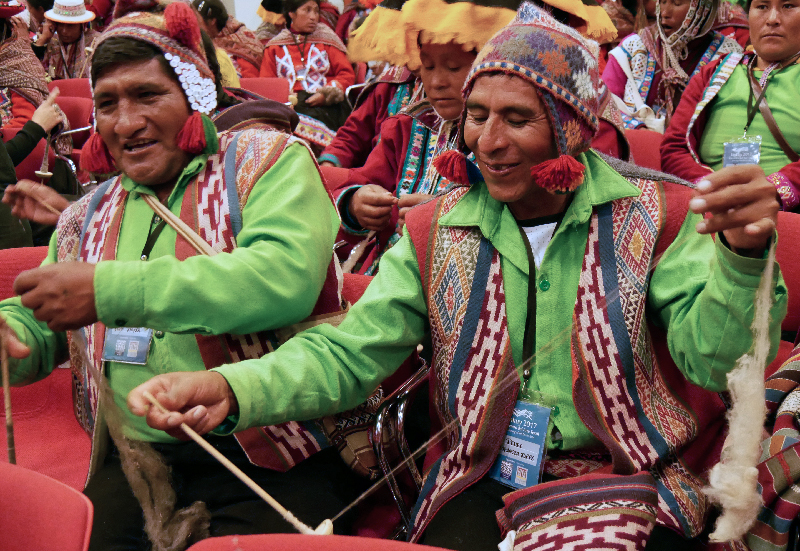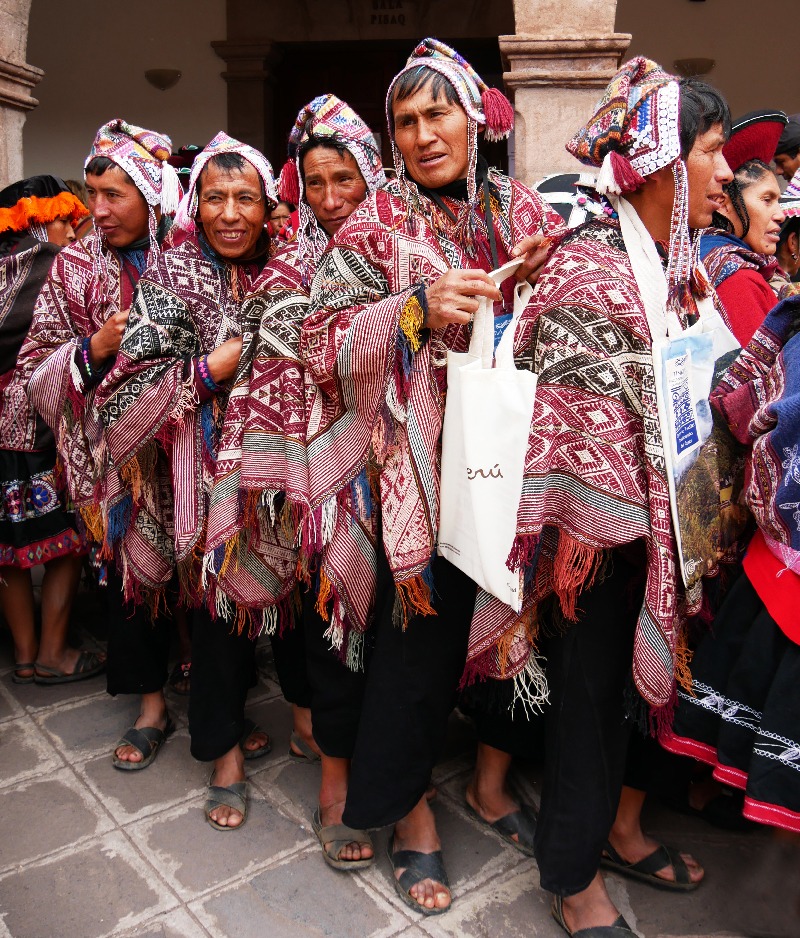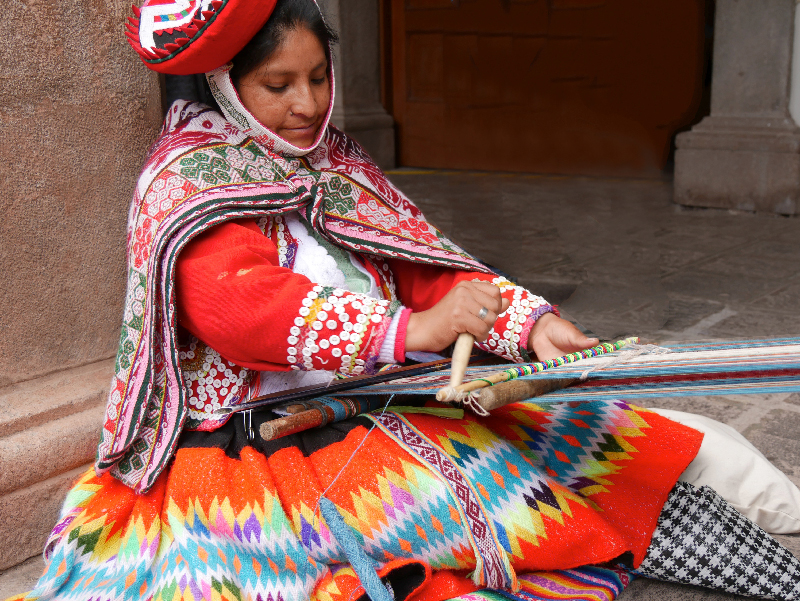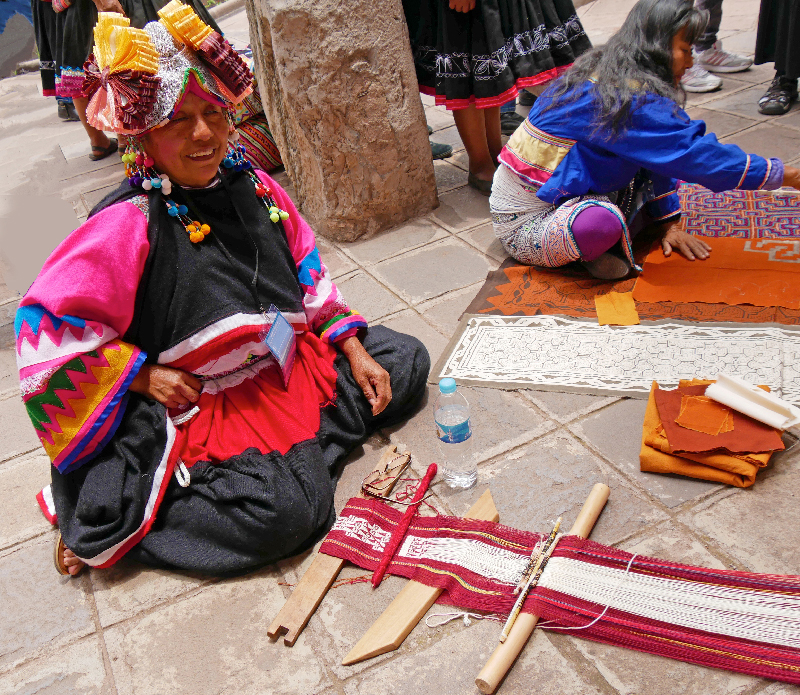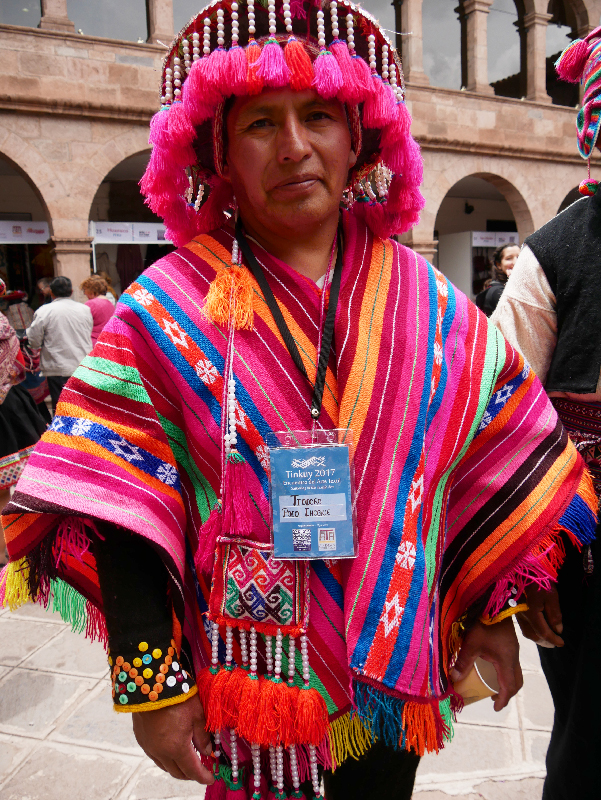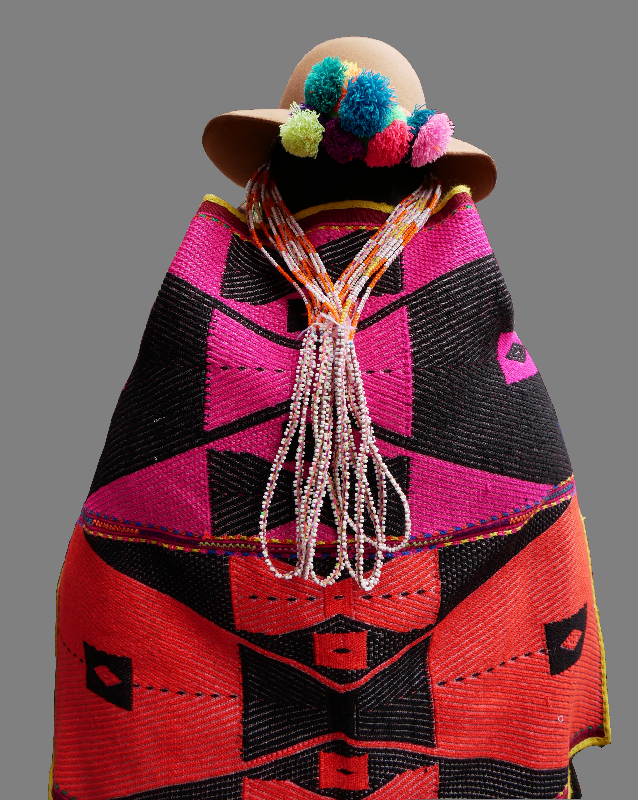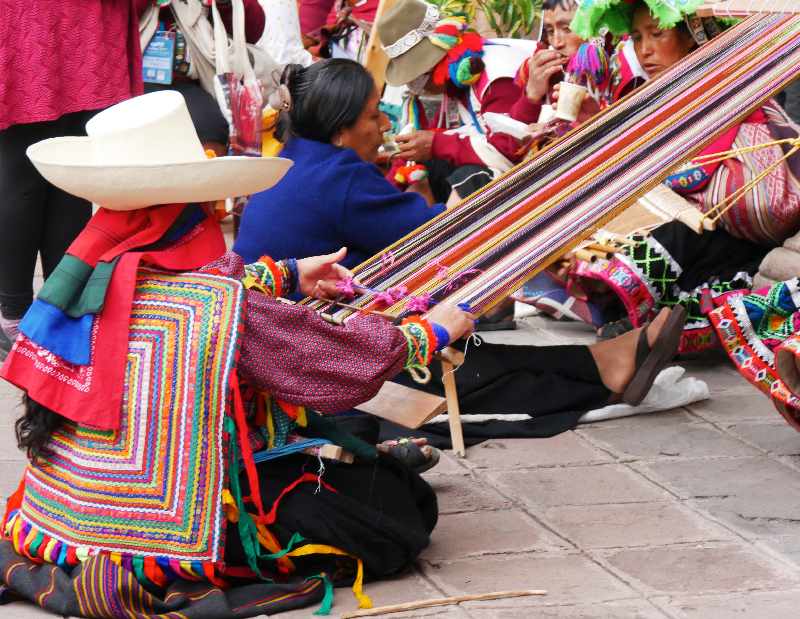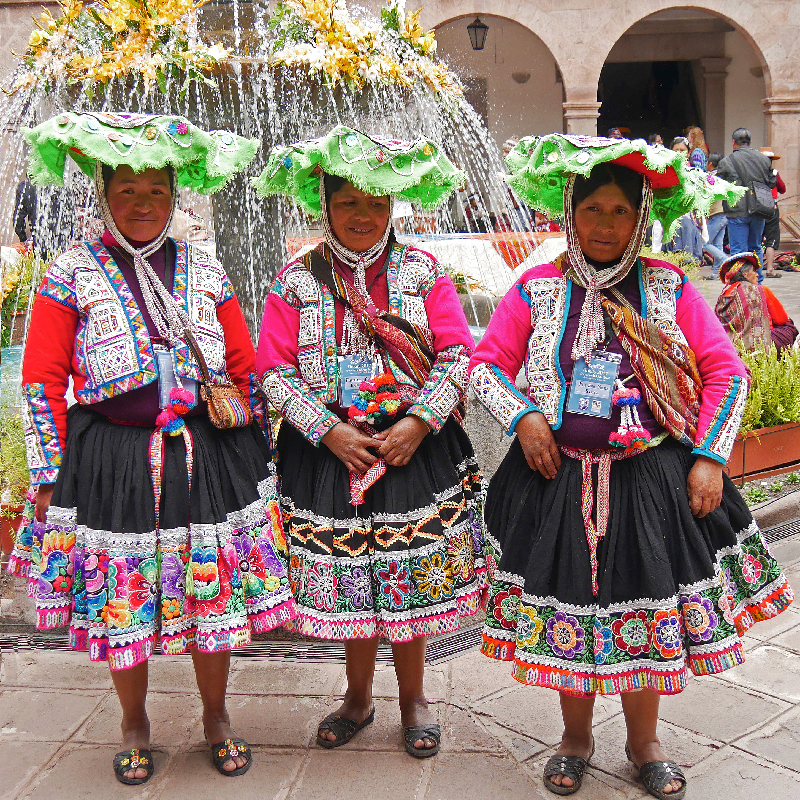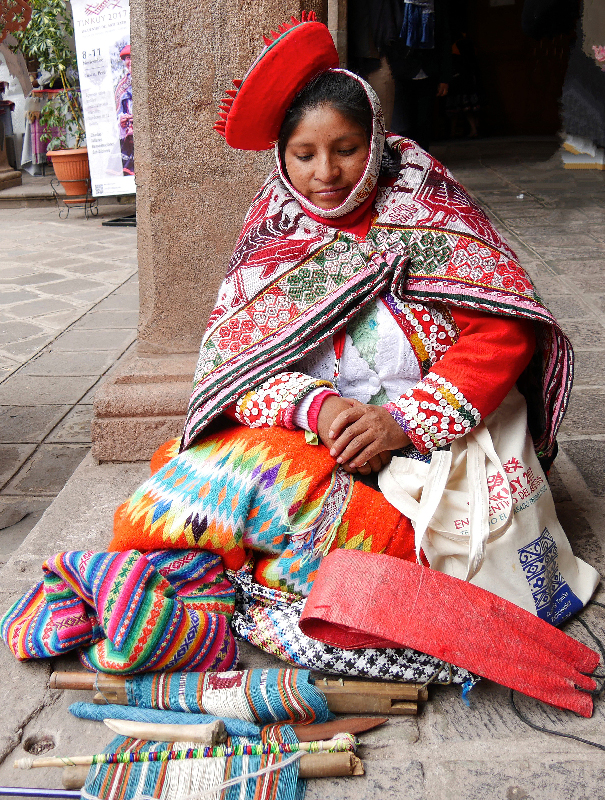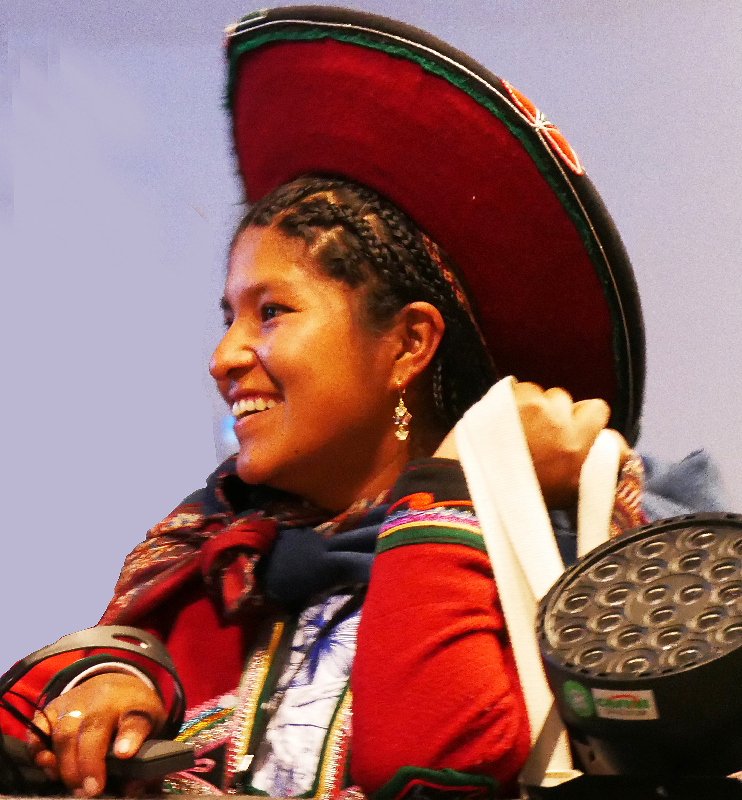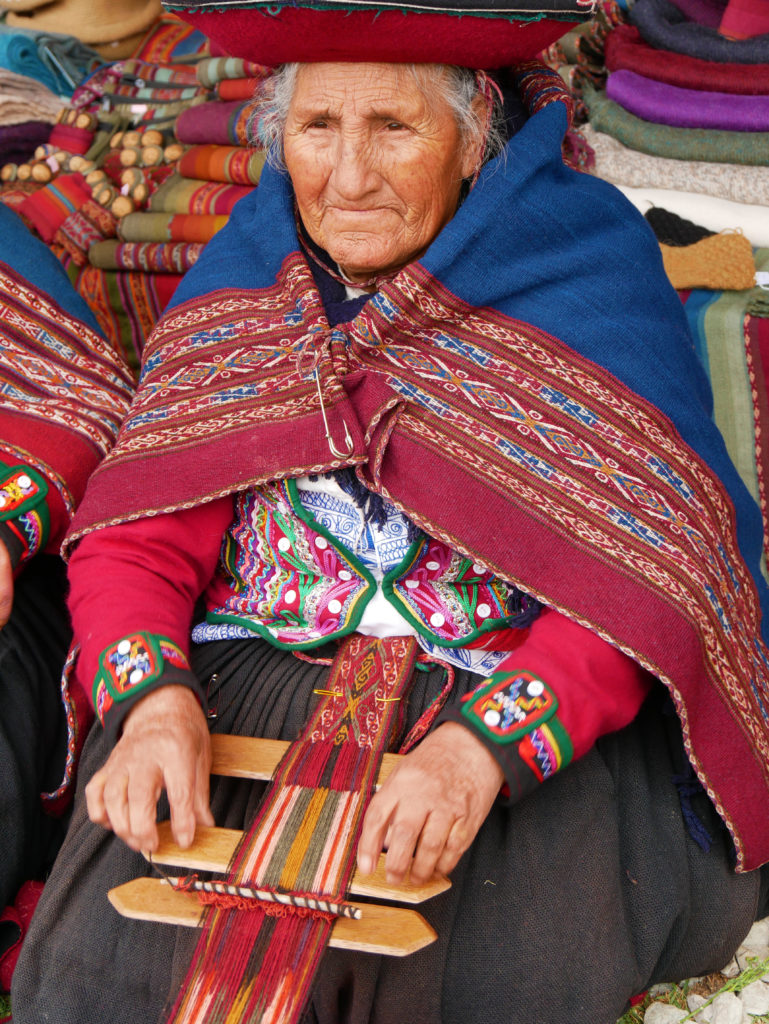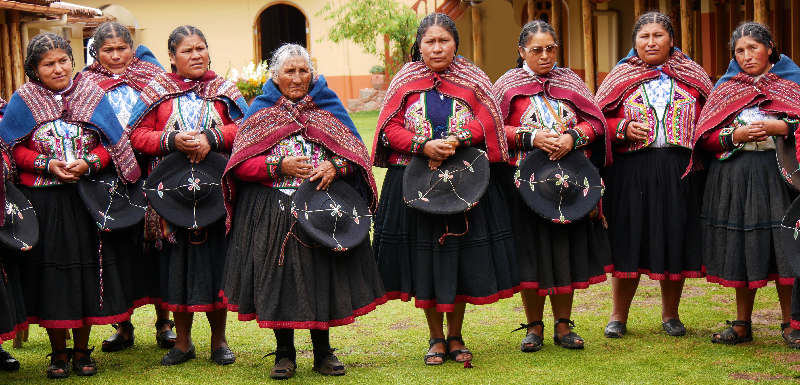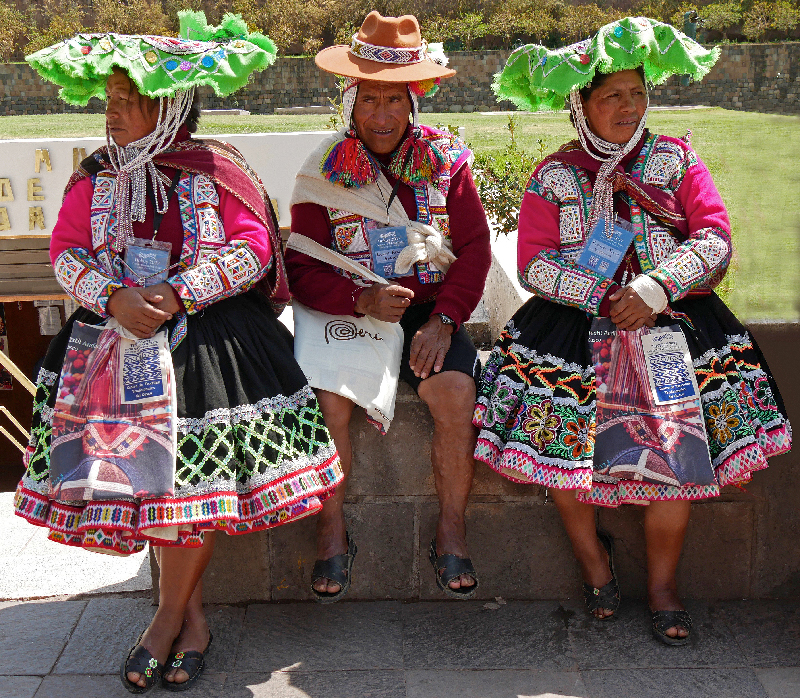
This year’s Tinkuy – held from 8th to 11th November 2917 in Cusco, Peru – was the third international textile conference of its kind. The event was organized by the Centro de Textiles Tradicionales del Cuso and Andean Textiles Art, two NGO´s. Tinkuy is a Quechua word for „gathering“. The first Tinkuy was organized 2010 in Urubamba, the Sacred Valley and brought together weavers from across the Americas. It was such a success that plans were made to make Tinkuy a regular event. The second Tinkuy was held in 2013 in Cusco, Peru bringing together 500 textile artists and enthusiast from around the world.This year there were about 901 participants in total with about 600 participants during each of the 4 days of the conference. These participants came from the Americas, Asia and from Europe; especially from countries where traditional weaving and textile techniques are still alive. From Europe there were only 5 participants in total, 2 from Switzerland, 2 from Germany and one from Sweden. This will surely change once textile artists and weavers will know what to expect from this conference.
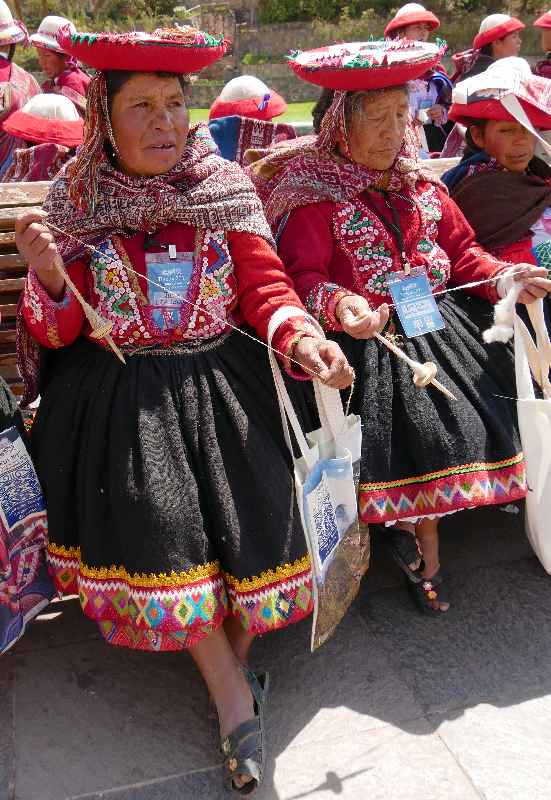
The program was very rich. Starting with a parade of the different traditionally dressed weavers per village or region through the town of Cusco, there were some excellent speakers like Ann Pollard Rowe (curator at The Textile Museum in Washington, responsible fort he collection of Latin American textiles), Ramiro Matos (an anthropologist who has conducted archaeological research in South America, a.o. in Peru), Carmelia Padilla (journalist and author on art, culture, and history), Wade Davis ( Professor of Anthropology), Doris Robles (curator of the famous Museo Amano Foundation), Cristina Bubba (the Bolivian Institute of Social History) and many more.The whole organization was very well planned with simultaneous translation in English, Spanish and Quechua The main lectures took all place in one large lecture hall ( in some other international conferences we often have to run to different halls, missing some interesting lectures when time tables overlap) and a varied program not only directed towards intellectual needs.
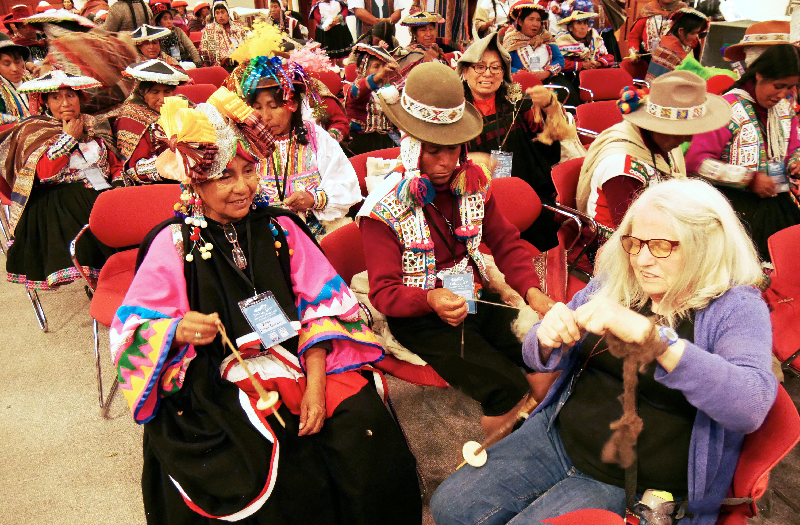
The meeting started with a performance by two shamans asking for the well-being of the conference and its participants followed by dance performances, a spinning competition, presentations of weavers and groups of weavers as well as lectures and panels. As a non-Spanish participant I noticed that there was a little difficulty with the specialists textile terminology: Together with other non-Spanish participants we sometimes wondered if the speaker could possibly have said this! I only mention this because I would like to encourage more Europeans to come to this conference, that I found to be among the most interesting I have ever participated in! It was such a pleasure to be able to get in contact with people as diverse as Navaho weavers, embroiderers from India and Afghanistan, weavers from Laos and artisans from the Amazonas, working with natural materials plus all the Peruvian weavers in their different colorful traditional costumes.
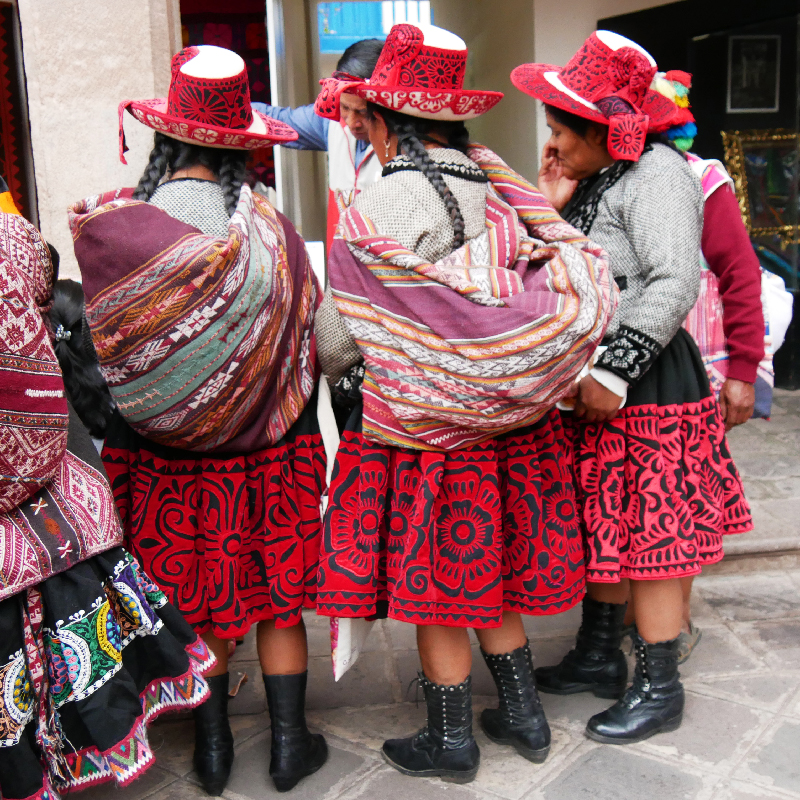
From the rich program of workshops I had chosen the natural dye workshop in the Community of Chinchero in the mountains near Cusco. To my surprise this workshop was led by Nilda Callañaupa Alvarez herself, founder and director of the Centre for Traditional Textiles of Cusco, and member of the Tinkuy 2017 Committee! It turned out that she originates from Chinchero where she has established a beautiful weaving workshop with museum! This museum was opened at the day of our dye workshop so the invited people and the workshop participants made quite a large international audience at the opening. Already at the Tinkuy conference Nilda Callañaupa Alvarez had been a master in using the audience to tell the politicians and officials ( who were there because of the world-wide audience) what they can do to help the artisans survive (e.g. lowering their taxes) and how they could help to make the Tinkuy a permanent event (by giving support to this mainly privately organized event).
Nilda did her task as a natural dye teacher with enthusiasm and such joy that the participants worked themselves warm. The workshop was mainly in the open air at temperatures of around 10 degrees Celsius but the cold weather was forgotten as soon as the dye pots were boiling and the colors did appear! We received a perfect documentation on the ancient practice of natural dyeing in the Andes. It is mainly due to tireless work from the Textile Center of Cusco and a renewed interest by the public that natural dyeing could be revived in the Cusco area.
I am going for sure to the next Tinkuy, hopefully with more knowledge of Spanish in order to be able to speak with the local weavers!
Websites: Tinkuy 2017 http://tinkuy2017.textilescusco.org and Center of Traditional Textiles in Cusco: http://www.textilescusco.org
